I was incredibly excited to get an invitation from Michael Stinson (Lough Erne Wildfowlers Council) to go and explore by boat, the conservation efforts to help our rapidly declining waders. Lower Lough Erne is one of the last refuges in the island of Ireland for Curlew, Lapwing, Redshank and Snipe. Their declining numbers have shocked the conservation community, but they are retaliating and are proving reasonably victorious in their efforts here in Co Fermanagh.
As we made the journey by car, the sun was beaming down on us, the fields were filled with cuckoo flower, buttercup and the verges were holding on to primroses and bluebells. I was extremely nervous too, because my expectations were running away from me, at the back of my mind I was so worried that our efforts would result in no sightings. I was trying my best to remain upbeat and excited. As we neared the gravel driveway I saw a small figure in the distance waving at us; it was Michael Stinson our guide of the lough.
As the evening sun gleaned orange light, we watched an awe dropping aerial acrobatic show from the almost hyperactive, never tiring House Martins, a heart capturing bird. As they swirled through the air we put on our life jackets preparing to head out on the lough. We quickly scanned the rocky shore for any early birds and we quickly spotted an oyster catcher and an single sandpiper.
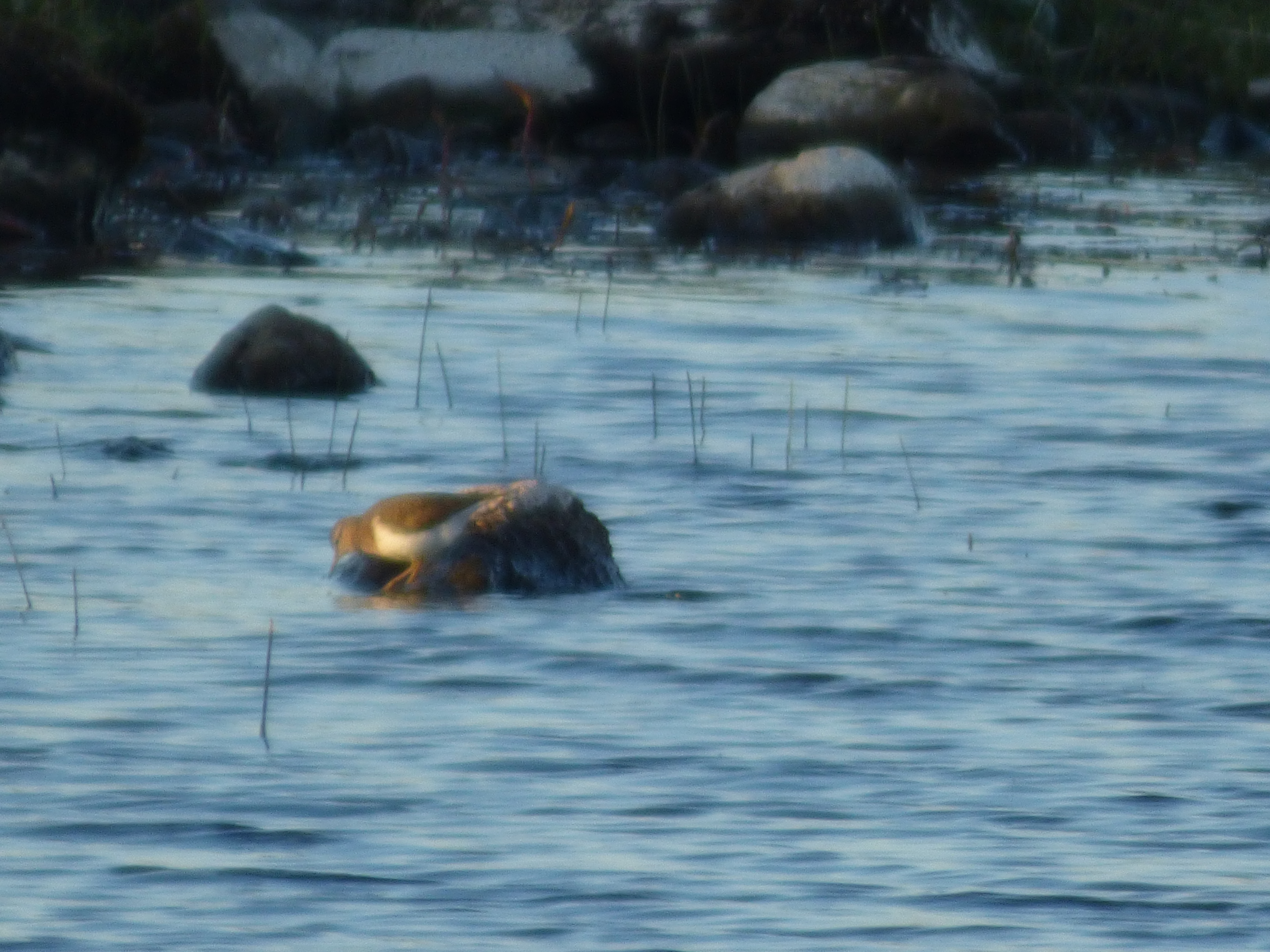
A fluty whistle floated up to siren us forward, the wonderful call of the Redshank. We climbed onto the boat excited for the wonders that lay ahead; if the joyous display of the house martins were anything to go by, this trip was going to be amazing. Michael gently revved up the engine and we were away, whizzing over the crystal clear, shimmering water. As we moved past the rushes we saw some Canada geese sheltering their precious little goslings; as we moved on they retreated further into the reeds but I managed to get a picture. One big thing I learned, it is really difficult for me to take photos on a small boat! Common Terns sometimes known as the Sea Swallow had also arrived from their tropical wintering migration. What a joy to see these travellers too, migration is an astonishing thing and the Sandwich Terns will be here soon too.
Suddenly, a bird bursts from the rushes giving out a long piercing call, it seemed to hang in the air as it returned to the ground this was the almost famous call of the curlew. As it burst into the air, flapping and floating, my hopes and expectations flew up to meet it. This was the first time I had seen a displaying curlew; I normally just hear them flying over our house late at night or a brief capture when I was rowing. It’s a sight that will stay with me for life. Its long curved beak, a distinct feature and a reminder of the niche they have carved out in nature; feeding on worms that no one else can reach. Our treasured Curlew, numbers falling at an alarming rate, an iconic bird fighting from the brink. How lucky we were to see it on this improved habitat that Michael and LEWC have worked hard to create.
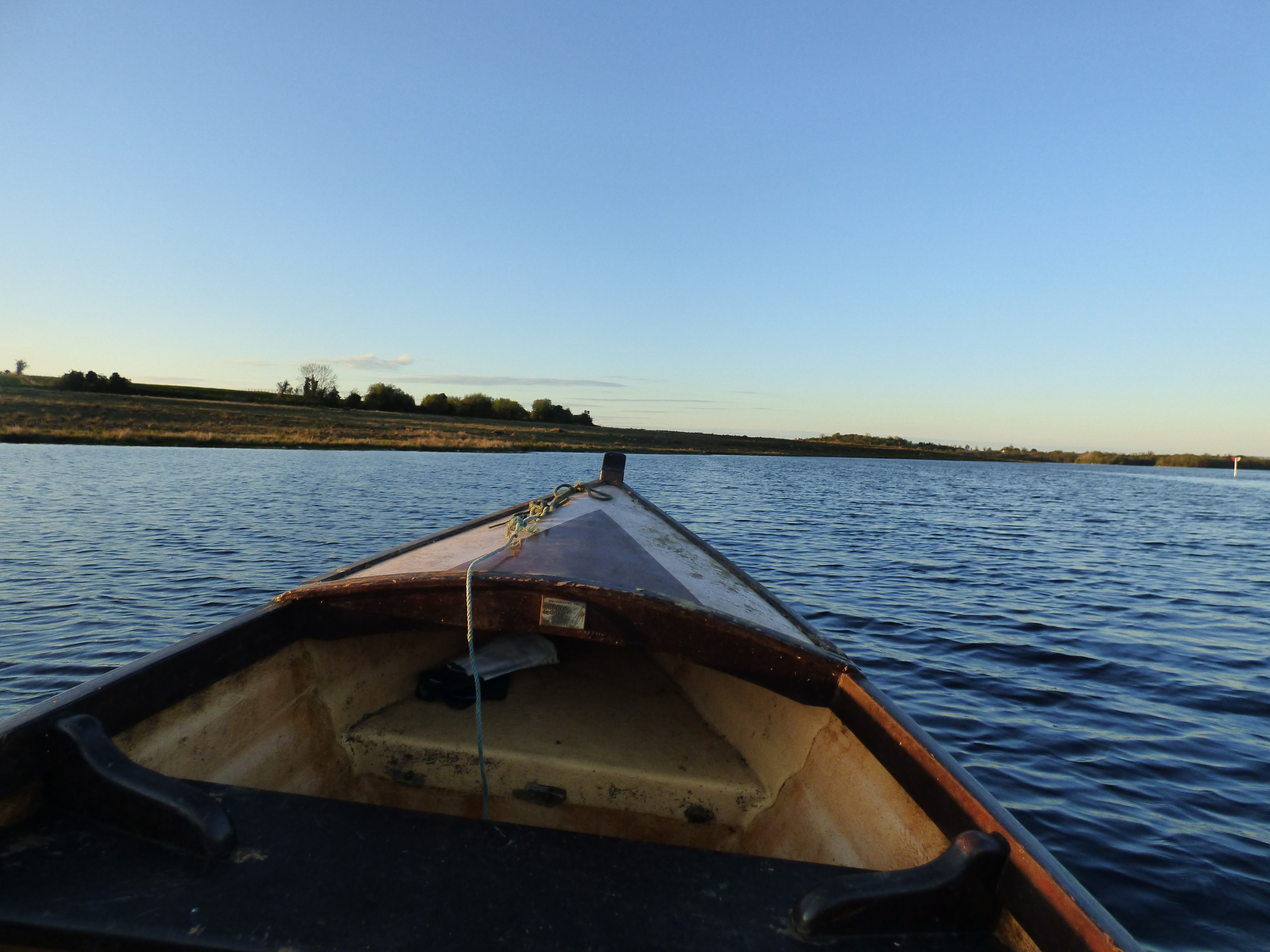
I then took another look through the rushes and my eyes picked up a redshank, as we drew closer we heard its reedy notes flying though the air. The picture I took was horrible but you can just about see the red legs.
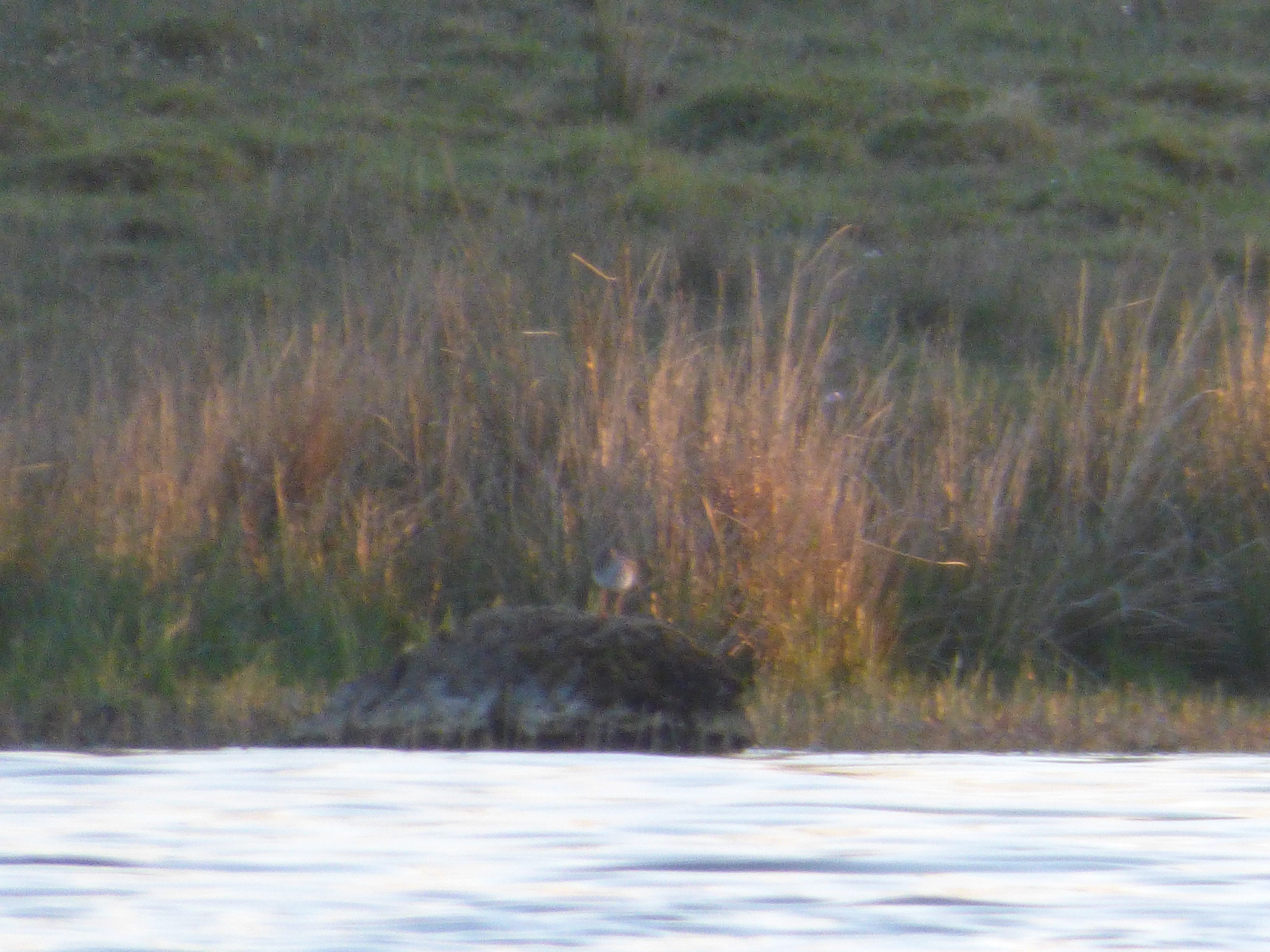
Travelling leisurely on towards Cruninish – (Brown Island in English) we looked up and marvelled at the swirling Common Terns and Gulls. Cruninish itself has over 1,000 nesting lesser black backed gulls; this island contains nearly half of the population in Ireland. These vast numbers pose a great threat to scarce nesting waders as there are simply not enough birds to drive them away. Looking on we saw a pair of Curlew calling, chasing and flying over the brow of the island top and this time I felt joy tinged with fear, there were gulls (Common and LBB) absolutely everywhere. We watched on as one Lapwing in particular used up vital energy, continuously chasing the hawkers away. Nature can be perilous and seemingly unfair to the underdog. I did feel a little despairing to think of the struggling Lapwing and Curlew on the island. The Oystercathcers just seemed to be going about their business as usual, bumbling about looking for food. I really have a soft spot for Oystercathers though, they are really beautiful birds in large flocks of black and white. RSPB NI are doing really brilliant work here though, and on Hare Island (further away). I love to hear Amy, the Fermanagh warden’s updates on Twitter. Please check out their work here
Engrossed in the drama, we very nearly missed a passing flock of Whimbrel soaring overhead, what an amazing chance sighting as the light was just starting to lose it’s brightness a little.

The suns blaze was drooping further and so we continued our circle, each taking turns to steer the boat and feel the thrill of the wind and the lapping slate grey water.
We came to an overhang of Alder, a passage which was once wider to allow fighter planes to land during WWII! It was a magical spot, I willed an Otter to show itself but there was only the dusky call of the Blackbird, a melodious joy in itself.
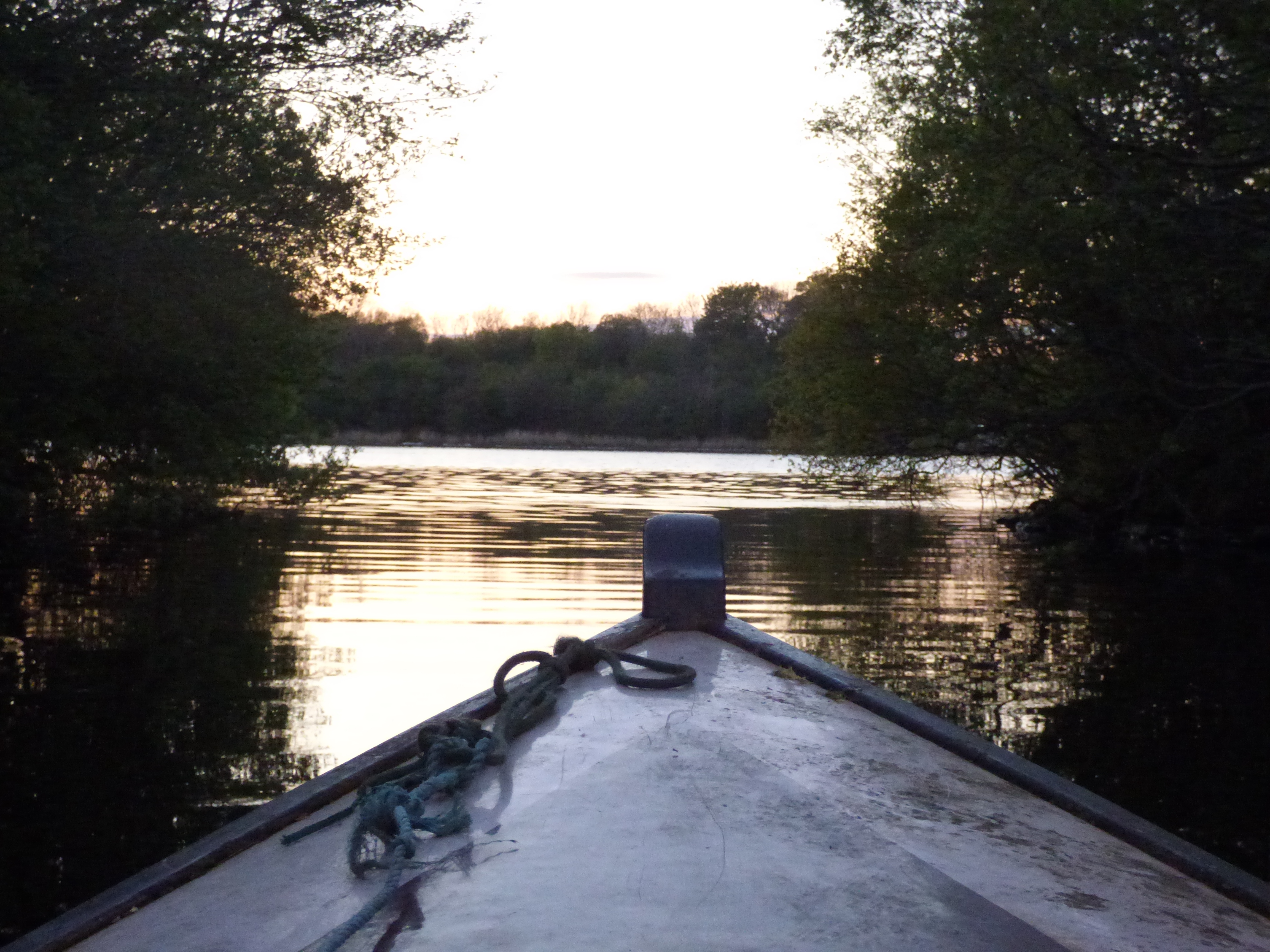
As we neared the end of our journey we saw Great Crested Grebe, Tufted Duck and Merganser. We gazed at Herons, Swans and Redshanks turning in for the night, shoring our boat as the sky held only a breath of light. There were no Snipe though and that did disappoint me but how could I feel glum when we experienced so much life, so much flight, song, drama and luck. We thanked Michael, probably embarrassingly profusely, what a great guide; knowledgeable, passionate and willing to teach. I feel really lucky to know Michael and I hope we can have more brilliant experiences in the future. He is also the Red Squirrel officer here, there is so much happening in Fermanagh!
Driving up the lane and away from the island, we stopped the car in the darkness and a shape emerged out of the rushes, a Snipe! The evening was complete and we drove home in almost speechless happiness.
Thank you so much to Michael and the work of Lough Erne Wildfowlers Council, a small but really important project that is helping to ensure the fate of the evocative and iconic Curlew is not lost, last year we were down to a handful of pairs. I hope we don’t lose it’s achingly beautiful wild song which would empty the soul of our shoores. We have lost the Corncrake in Fermanagh, save a lone craking male in a field, lonesome it stays until it once again migrates without a female to mate. Please, let us not lose the Curlew too. Fermanagh needs the Curlew, it belongs in our landscape, it would be incomplete without it and it would break my Granda’s heart which is already cracked, due to absence of the call he was so used to growing up.
Thanks for reading and thank you to everyone who is speaking up for our wonderful waders.
Dara
Note: as Dara said in his blog about Snipe, we as a family are not part of the Wildfowling community but we do appreciate the work that responsible organisations like LEWC do to conserve the populations of declining birds and improve the health and safety of our beloved Lough – please read about their work here
Dara’s mum ☺️
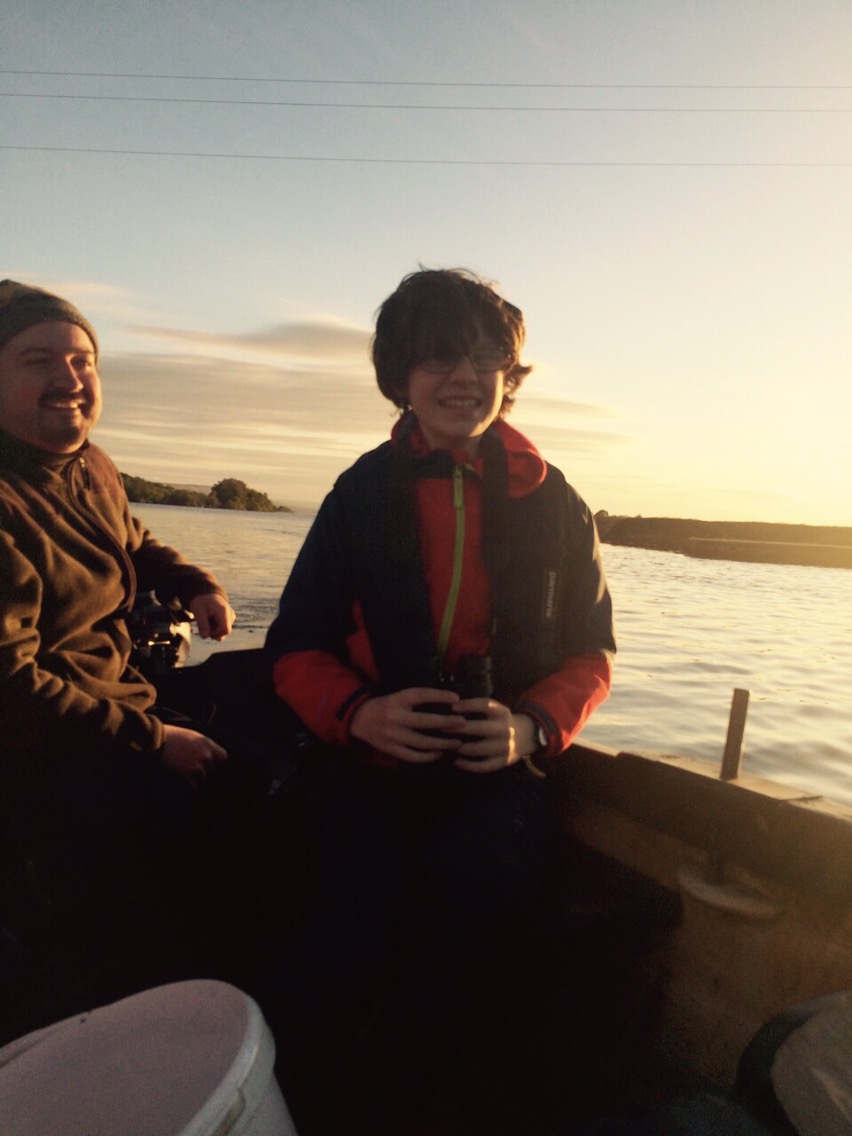

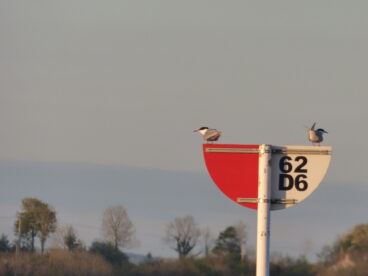

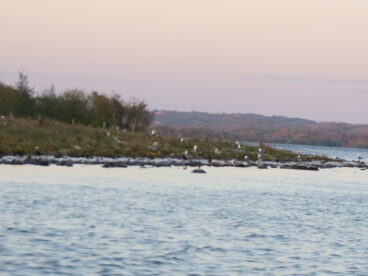

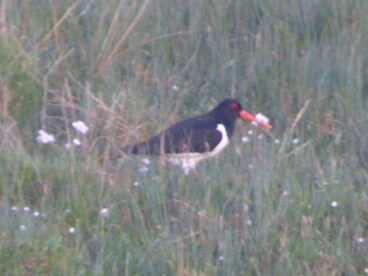

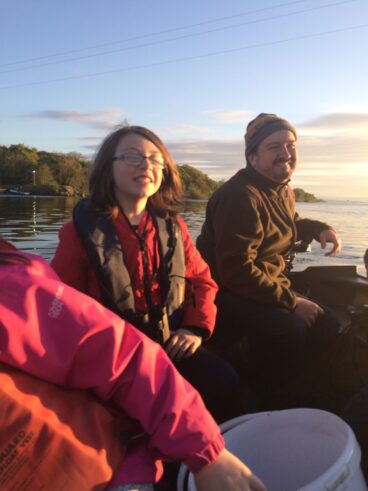


2 Responses
Dara, I’m so impressed by you and your family’s pragmatic approach to conservation and the future of waders. It definitely needs input from all fields. Well done on a beautiful blog, you have real flair for descriptive writing!
Best regards
Mark
Hi Mark, Thank you so much. It’s a fine balance but yes, you have to be pragmatic! I draw the line at law breaking and deliberate harm to animals. That I cannot tolerate.
Thanks for getting in touch.
Dara